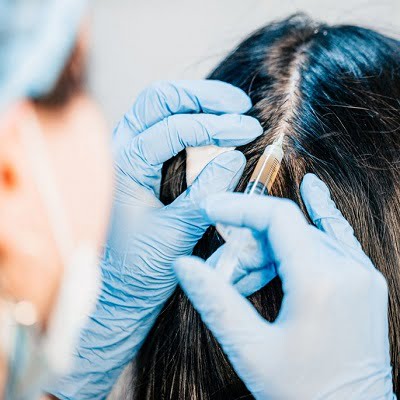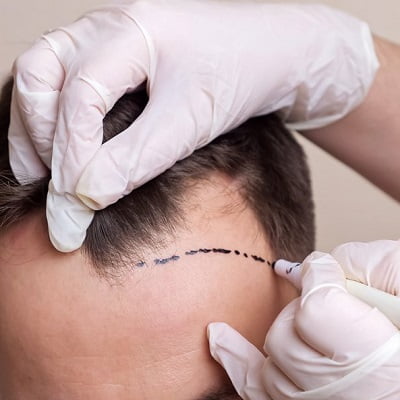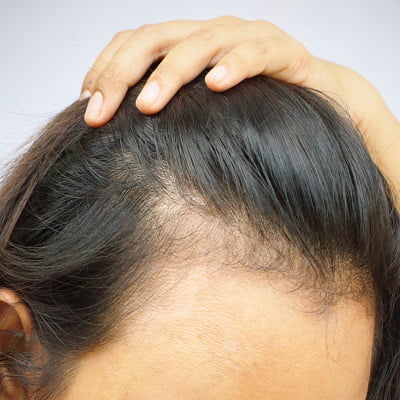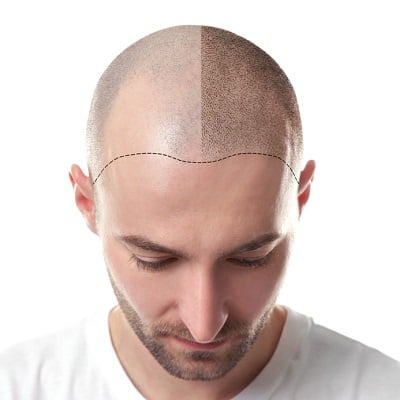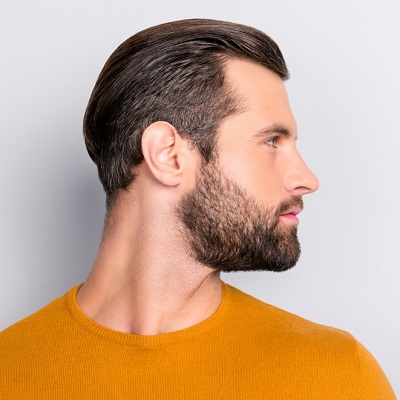As you know, Hair Transplant in Islamabad is getting more popular day by day. Many individuals desire to have full coverage after the surgery. Some undergoing patients follow the plastic surgeon’s advice but many of them dont. Now you might be confused and even think about Following a hair transplant, is oiling a good idea?
In this blog post, you will learn about the basic of hair transplanting surgery including aftercare instructions and what experts says about applying oil after the surgery. So, take a moment and read the following details.
An Overview – Hair Transplant:
It is a procedure that involves the removal of hair follicles from the back side of the scalp and transplanting them to another area of the scalp where hair is thinning or bald. The procedure is typically used to address male or female pattern baldness and restore hair to areas of the patchy scalp.
There are two main techniques for hair transplantation: follicular unit transplantation (FUT) and follicular unit extraction (FUE). In FUT, a strip of scalp containing hair follicles is removed from the donor area and then dissected into individual follicular units for transplantation. In FUE, individual follicular units are extracted directly from the donor area using a small punch tool.
How To Take Care Of After A Hair Transplant?
After a hair transplant, it is important to take proper care of the scalp to ensure a successful recovery. Here are some tips for post-surgery care:
- Keep the scalp dry for the first few days after surgery to allow the grafts to settle in place.
- Avoid touching or scratching the scalp for the first few weeks to avoid dislodging the grafts.
- Take prescribed medications as directed to prevent infection or swelling.
- Sleep with your head elevated for the first few days to reduce swelling.
- Avoid strenuous activities and heavy lifting for the first two weeks to avoid putting pressure on the scalp.
- Do not wear hats or other head coverings for at least a week after surgery to allow the scalp to breathe.
- Avoid smoking and alcohol for at least a week after surgery as they can delay the healing process.
- Use a gentle shampoo and avoid harsh chemicals or hair products for at least a month after surgery.
- Do not expose the scalp to direct sunlight or tanning beds for at least a month to avoid damaging the delicate skin.
- After the surgery, attend follow-up appointments, and notify them immediately if you experience any unusual symptoms or complications.
Is Oiling A Good Idea After The Surgery?
According to the SKN experts, It is usually not recommended to oil your scalp after a Hair Transplant In Islamabad. Especially in the initial few weeks after the surgery. Oiling the scalp can clog the hair follicles and lead to infections, which can negatively impact the healing process.
During the first few days after the surgery, it is recommended to keep the scalp dry and avoid any kind of moisturizer or oil. After the initial few days, your surgeon may advise you to use a mild, non-greasy conditioner to keep the scalp clean and hydrated.
It is important to follow the post-surgery instructions provided by your surgeon regarding hair care, including the use of any hair products, to ensure a successful recovery and the best possible results.
The Bottom Line!
After a hair transplant, it is not recommended to oil the scalp, mainly in the first few weeks following surgery, since this might clog the hair follicles and cause an infection that could impede the healing process. For the greatest results and a speedy recovery, it is best to follow your surgeon’s post-operative instructions about hair maintenance, including the usage of any hair products.
Therefore, if you want to know more about hair transplantation, feel free to visit SKN Cosmetic Clinic Islamabad. They will examine your after-surgery condition and prescribe you helpful aftercare instructions.


